Story by Dawn Yip/Red Sports

Seng Kang Primary is a pioneering neighbourhood school that lets the children play. (Photo 1 © Les Tan/Red Sports)
Tucked away in the north-west corner of Singapore is a primary school. And as far as schools go, it looks just like any other. Its students are predominantly from the surrounding neighbourhood, and it has the same level of resources and facilities as other public-funded schools in Singapore.
But Seng Kang Primary School is no ordinary school. Entering the gates on a typical morning, one is immediately greeted by a cacophony of noise and a blur of activity. There are children everywhere, playing basketball, football and running. And instead of starched uniforms, all of them are wearing t-shirts.
"It's organised chaos," chuckles Mrs Lew-Lim Lan Chin, the school's principal. "The children are running all over the place. But they know where they are running to."
Seng Kang is the only primary school in Singapore whose students do physical education every day, rain or shine. With other primary schools offering between two to three periods of PE weekly, Seng Kang's five-times-a-week schedule far exceeds the norm. In fact, says Mrs Lew-Lim, "the joke is that when I go for meetings with other principals, they ask me, ´Did you check your Principals' Manual for the guidelines?'"
In a country obsessed with academic achievement, and at the same time beset by alarming rates of myopia and obesity, Seng Kang's example is truly path-breaking.
So why, contrary to all norms and expectations, did the school decide to do it?
It came down to understanding what children really need, rather than what adults think they need, explains Mrs Lew-Lim. In 2003, the school undertook an exercise to clarify its educational objectives in the cognitive, aesthetic, moral, physical and social domains.
That's par for the course as far as good school management goes, but Seng Kang took the additional and unusual step of asking teachers to observe and speak to the children as a check against their own perspective – what Mrs Lew-Lim called an "ethnographic study".
In the area of physical outcomes, one thing stood out. Across all six levels, the teachers were surprised to discover a consistent desire among the children for more physical education. "I had no clue. Nobody had any clue, I can tell you that," says Mrs Lew-Lim. "So when we saw this, we asked ourselves, ´Whose lens do you want to look through now?'"
The weight of scientific research leans comfortably in the children's favour – study after study has demonstrated the benefits of long-term regular exercise on physical and mental health, and on scholastic performance. In education circles, learning through play and games has also gained credence. "Playing is a powerful pedagogy," says Mrs Lew-Lim, "so when this [call for more PE] came out, it aligned straight away."
In 2004, less than six months after its objective-setting exercise, Seng Kang Primary School launched daily physical education for all its students.
But change is difficult. As many as 80% of the teachers were not ready to come along at the start, estimates Mrs Lew-Lim. "Fundamentally, no teacher had difficulty accepting that this was good for the children," she says. "But this was a mega-change. It's not just two periods to five periods. We are a regular school with an irregular approach. We have the same number of teachers and facilities."
But within the first year of implementation, Mrs Lew-Lim said that "the 80% had shifted to 50%. And three-quarters into the first year, the teachers accepted that we could carry on the next year."
How did Seng Kang make it happen? Look out for Part 2 of this feature. © Red Sports

Enjoying the freedom of the field in a football game. (Photo 2 © Les Tan/Red Sports)

While some are playing football, others take to basketball. (Photo 3 © Les Tan/Red Sports)

Aqil Riskandar, 9, tries his hand at basketball. (Photo 4 © Les Tan/Red Sports)

Muhd Irsyad, 9 (in green) leads his Primary 3 class in an inpromptu race while classmate Aiden Chin (in red) follows closely behind. (Photo 5 © Les Tan/Red Sports)

For some reason, the kids are always running… (Photo 6 © Les Tan/Red Sports)

Mrs Lew-Lim Lan Chin, the principal of Seng Kang Primary School. (Photo 7 © Les Tan/Red Sports)
REDpoll
Related Posts
Daily PE? One primary school shows the way (Part 2, Part 3)

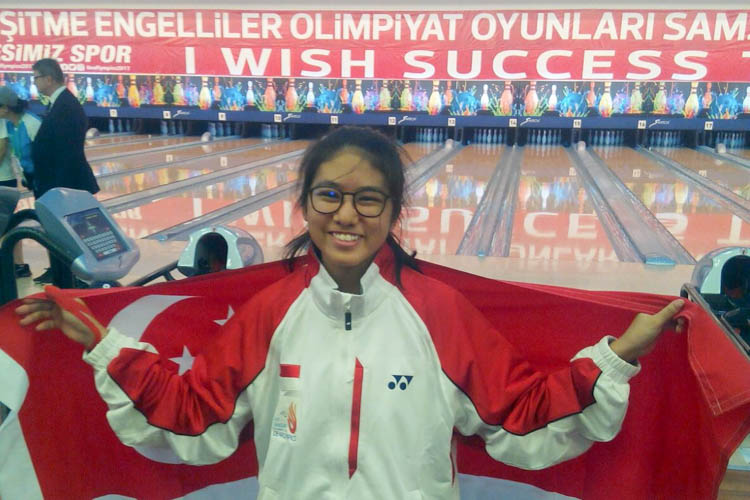
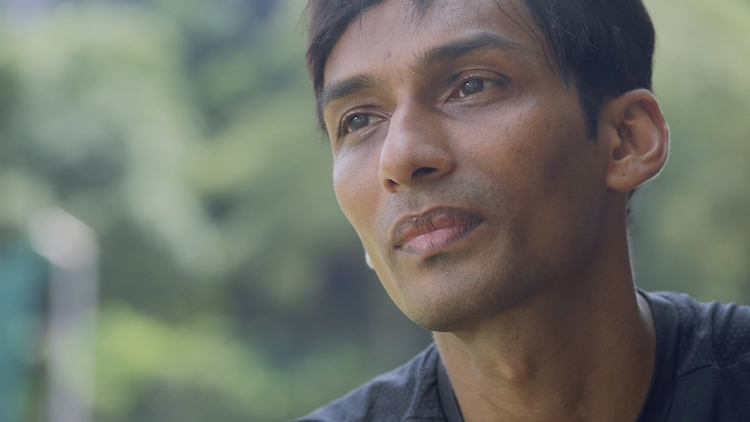
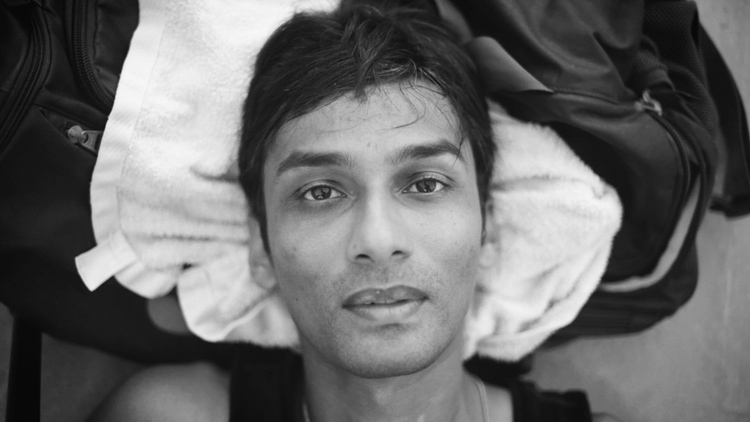
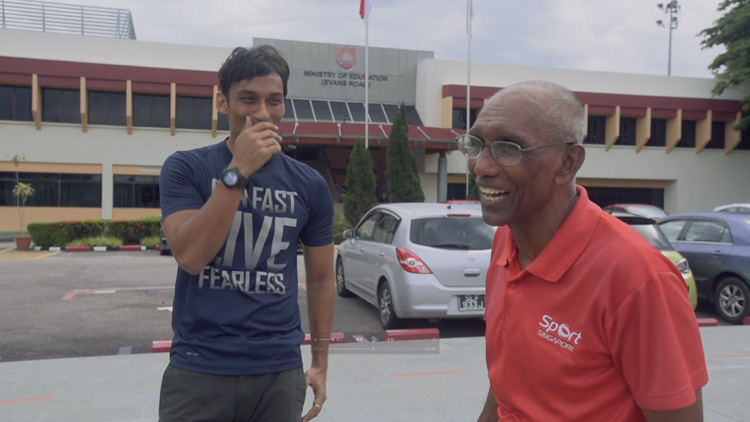
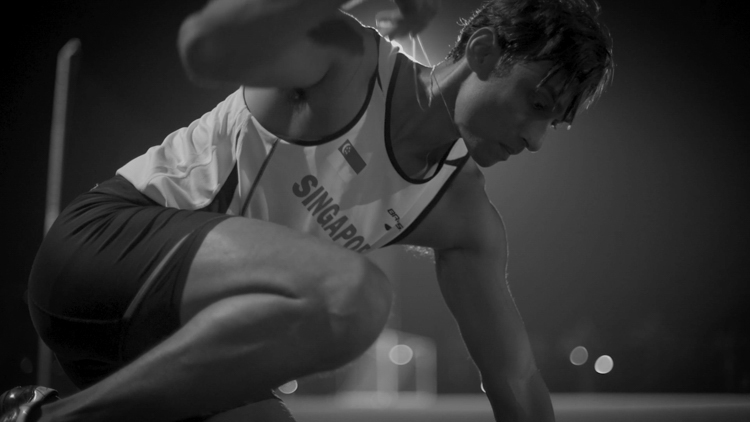
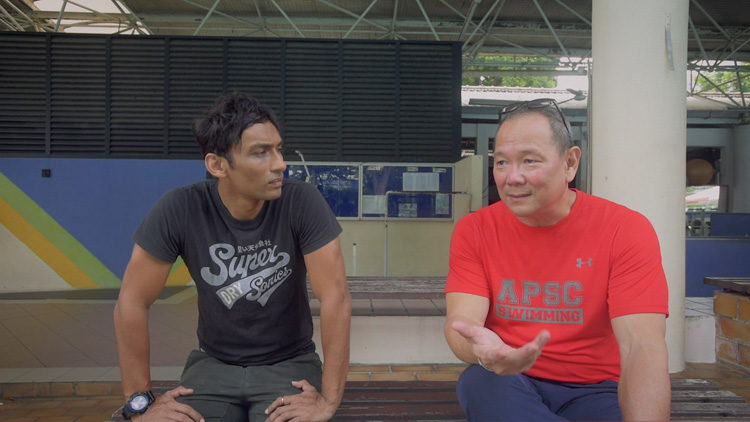
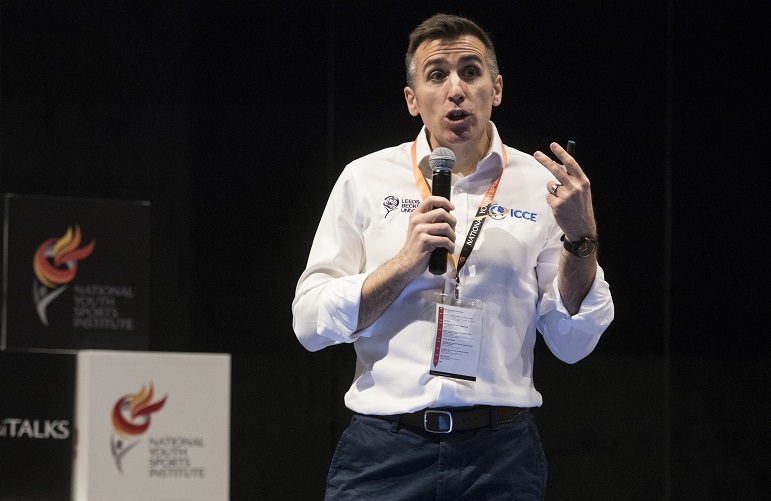
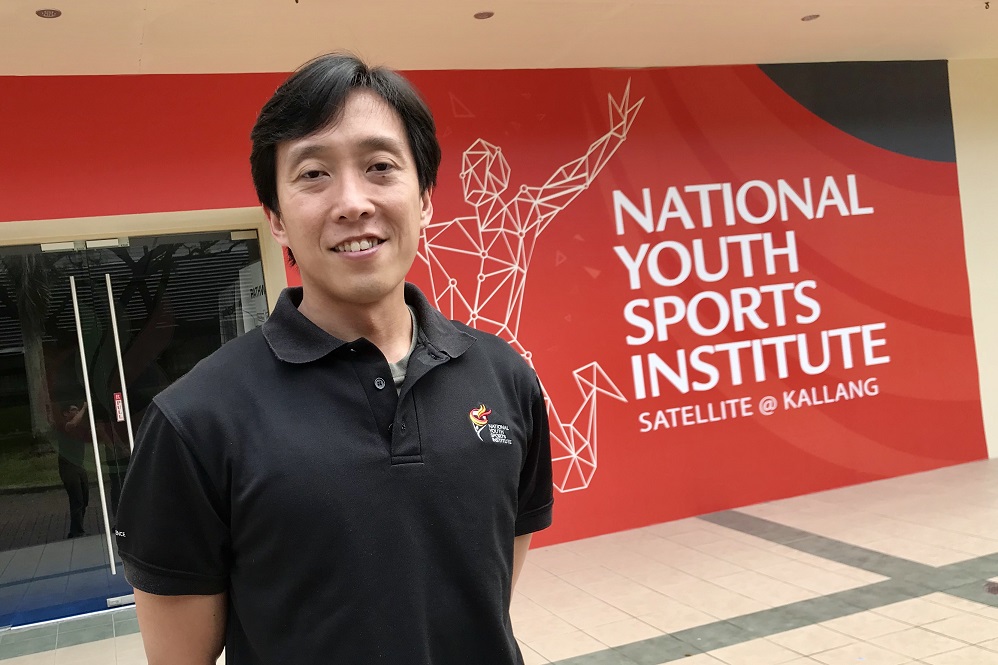
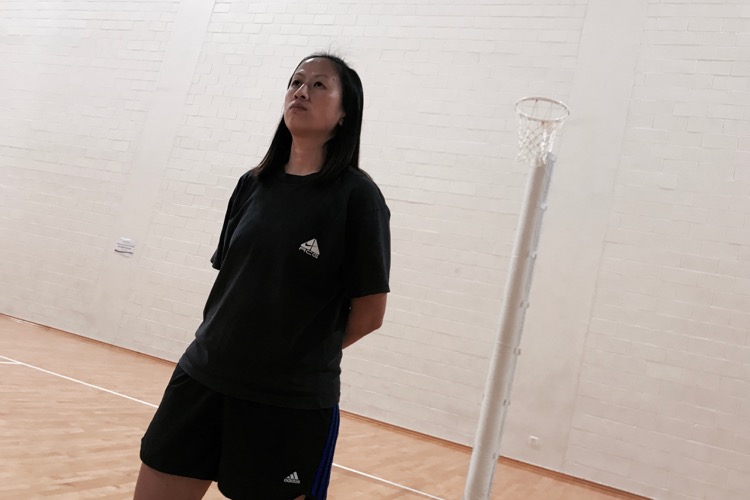
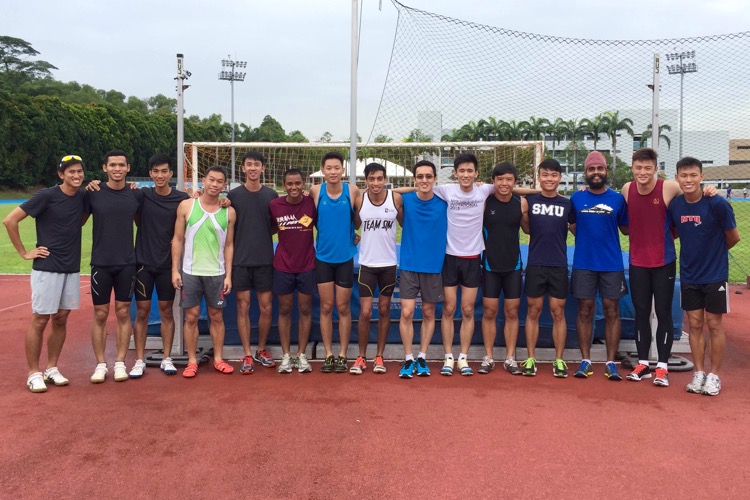
SKPS is definitely not the ONLY primary school to have PE everyday. Beacon primary is anther and there might be others too.
http://www.beaconpri.moe.edu.sg/cos/o.x?c=/wbn/pagetree&func=view&rid=15362
Its really a great idea.Time is precious so if they were to have P.E everyday , students will go home later . <- thats what many ppl feel . But i personally think 1 hour or so a day will keep the doctor away . haha . The world is realistic , study is the most important , students are STRESSED , P.E everyday will help students to relax .
Daily PE was really beneficial to alot of students in SKPS. Many students are not as sporty as others, so daily PE actually gives other students a chance to enjoy and get some sunbathing? hahaa, but, its only for half and hour, so its actually quite reasonable for primary school students. On top of it, i benefited from daily PE at SKPS too. SKPS’s daily PE & basketball rocks!(:
hats off to sengkang primary.. although i feel that one period everyday is a bit short.. maybe they should do 2 periods of pe on monday, wednesday and friday?? but u’ll see alot of depressed students on tuesdays and thursdays…haha..
Well, I was one lucky beneficiary of this system, having studied in Seng Kang from 2004 to 2006. And I must say, the daily PE, was something alot of the kids look forward to everyday. It has definitely inculcated in the students a love for sports and excercise.
However, it is not to say it’s without its cons. The daily system for PE just means that the amount of PE we get each day would amount to about 30 mins. This would only mean more short games in bursts of 5, 10 mins, compared to 20 minute games.
Wow this is definitely a great initiative by the school! Very good move! I bet there were a lot of challenges to get this going, but this is really impressive! Keep it up!
Totally identify with the school and your article!
My girl dreads thurs cos it’s the only day in the week she has no PE or sports CCA. I can’t imagine how my boys can take it.
Keep challenging the norms like this, and I have faith that when my boys enter pri school in a couple of years, PE might be a daily affair at every school too! : )
This is definitely a positive move, and a model school for all to follow. Even adults need just about 1/2 hour a day to stay fit, all the more we should practice this starting from our young. In one international school in Shanghai, it’s stipulated that children has to go outdoor during break times or lunch times. My son who is in this school, looks forward to school everyday not just for the studies, but the time to do exercise or do their own sports, every lunch break, every 15 min morn break. It is not even PE lessons, it’s self-organized games. This is excellent way to ensure our children stay engaged in school, not just academically but also socially. Thumbs Up to Seng Kang!!
[…] Red Sports – Daily PE? One primary school shows the way. […]
This, is what I consider holistic education and development, thumbs up Seng Kang!
Thanks Dawn for the write-up!
: )
That is a bold move by the school. Wonder what parents will have to say to that?
Healthy Heart = Healthy Minds